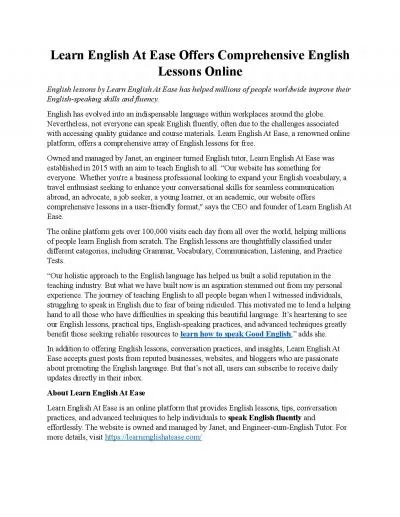PPT-English IV August 11, 2014
Author : playhomey | Published Date : 2020-06-22
BellRinger Do you consider yourself an active or a passive reader Explain Todays Learning Target I can use context clues to determine initial meaning for a word
Presentation Embed Code
Download Presentation
Download Presentation The PPT/PDF document "English IV August 11, 2014" is the property of its rightful owner. Permission is granted to download and print the materials on this website for personal, non-commercial use only, and to display it on your personal computer provided you do not modify the materials and that you retain all copyright notices contained in the materials. By downloading content from our website, you accept the terms of this agreement.
English IV August 11, 2014: Transcript
Download Rules Of Document
"English IV August 11, 2014"The content belongs to its owner. You may download and print it for personal use, without modification, and keep all copyright notices. By downloading, you agree to these terms.
Related Documents

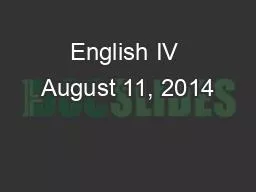


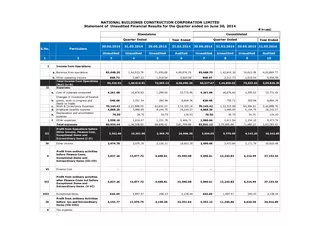



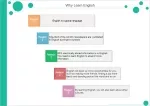
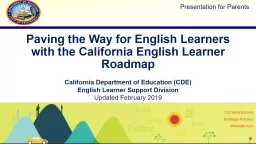

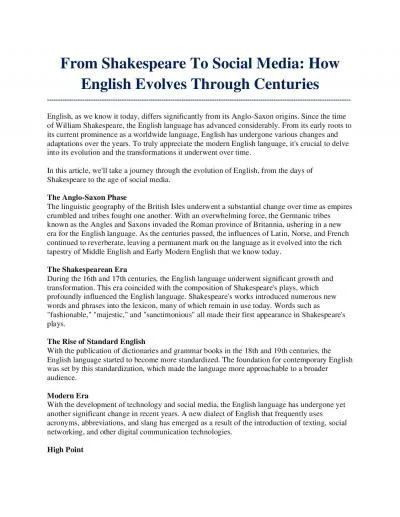
![[READ] Learn English Through Stories: 16 Stories to Improve Your English Vocabulary Learn](https://thumbs.docslides.com/1006295/read-learn-english-through-stories-16-stories-to-improve-your-english-vocabulary-learn-english-through-stories-16-stories-to-improve-your-english-grammar-and-english-vocabulary.jpg)
![[PDF READ ONLINE] Dahl\'s Law Dictionary: French to English/English to French an Annotated](https://thumbs.docslides.com/1019656/pdf-read-online-dahl-s-law-dictionary-french-to-english-english-to-french-an-annotated-legal.jpg)
